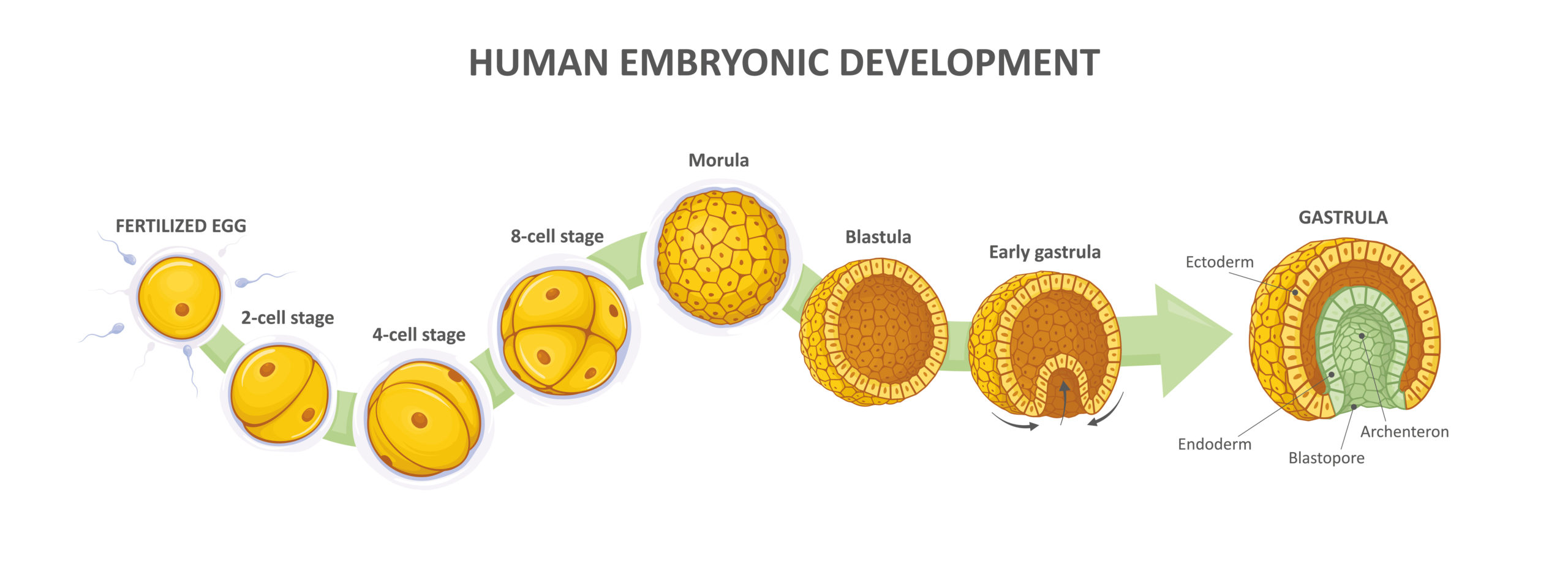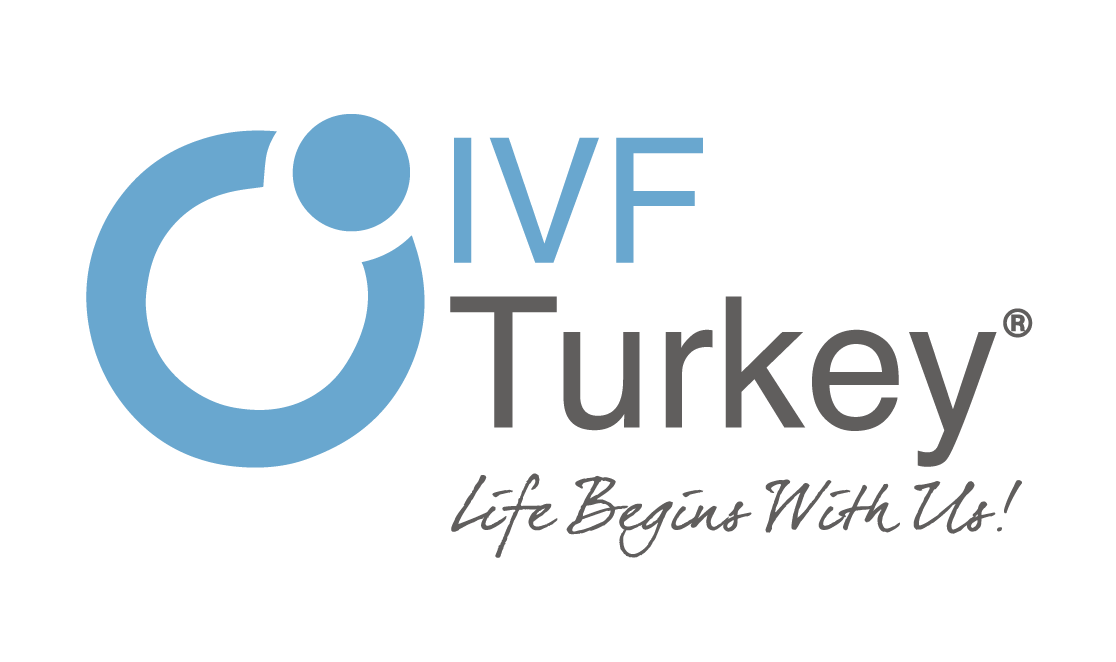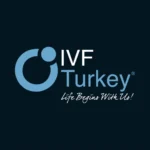Embryo development is a critical phase in the In Vitro Fertilization (IVF) treatment process, encompassing several intricate stages that occur after egg retrieval and fertilization. Understanding this process provides insight into the complex and fascinating journey from conception to embryo transfer.
1. Fertilization
After the retrieval of mature eggs from the ovaries, they are combined with sperm in a laboratory setting. This can be done either by placing the sperm close to the egg (conventional insemination) or by injecting a single sperm directly into the egg (Intracytoplasmic Sperm Injection, ICSI). The fertilization usually occurs within a few hours.
2. Early Cell Division
Once fertilized, the egg becomes a zygote and begins a series of rapid cell divisions. Within the first 24-48 hours, the zygote divides to become a two-celled embryo, then four cells, and continues to divide rapidly.
3. Formation of the Blastocyst
By the fifth or sixth day, the rapidly dividing cells form a blastocyst, a fluid-filled sphere made up of two different cell types: the inner cell mass, which will become the fetus, and the outer cell layer, which will form the placenta and support structures for pregnancy. Blastocyst formation is a critical development stage, as not all fertilized eggs reach this stage.
4. Embryo Quality Assessment
Embryologists monitor the embryos and assess their quality based on factors like cell number, appearance, and rate of development. This assessment helps in selecting the best embryo(s) for transfer. High-quality embryos have the highest chance of implanting and leading to a successful pregnancy.
5. Genetic Testing (Optional)
In some cases, preimplantation genetic testing (PGT) may be performed to screen the embryos for genetic abnormalities. This is especially common in cases of known genetic disorders, advanced maternal age, or repeated IVF failures.
6. Embryo Transfer or Freezing
Depending on the treatment plan, one or more embryos are transferred to the woman’s uterus, typically within three to five days following fertilization. Any additional viable embryos can be cryopreserved (frozen) for future use.
7. The Luteal Phase
After the embryo transfer, the woman enters the luteal phase of the cycle. During this time, she may be given medications like progesterone to help prepare the lining of the uterus for implantation.
8. Implantation
For a pregnancy to occur, the embryo must implant itself into the uterine lining. This usually happens about 6-10 days after egg retrieval. Successful implantation is confirmed through a pregnancy test, typically two weeks after the embryo transfer.
Challenges and Success Rates
Embryo development in IVF can be unpredictable, with not all fertilized eggs developing into viable embryos. The success rates of IVF vary depending on factors such as age, cause of infertility, and embryo quality. It’s also important to note that multiple cycles may be needed.
Embryo development in IVF is a process of remarkable precision and care, highlighting the advances in reproductive technology. This journey from fertilization to embryo transfer is a cornerstone of IVF and offers hope to many aspiring parents. However, it’s crucial for patients to have realistic expectations and to understand that each step in this process plays a vital role in the overall success of the treatment.





